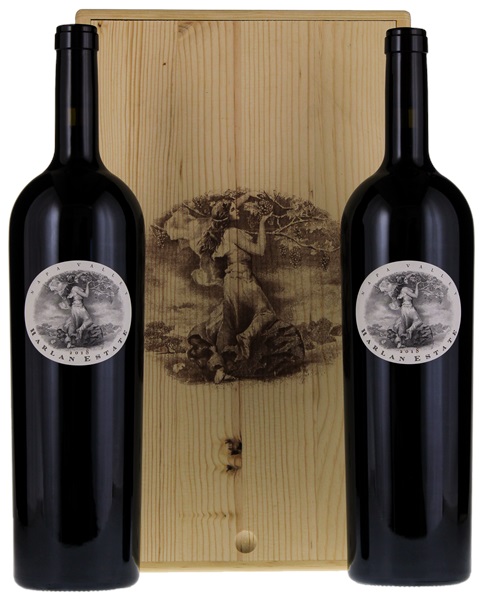
Image above is an example. To view the image of the lot, click the item number.
Estimate

Classy earth, oak and bay-leaf character on the nose, together with dark fruit, such as currants and blackberries. Forest flowers, too. Full-to medium-bodied, linear and tight with coolness and freshness. Mint and spearmint to the dark fruit... Incredibly sophisticated and seductive.
A classic example of 2018 Napa Cabernet, this has a deep well of fruit in the form of black currant, blackberry and boysenberry reduction laced liberally with notes of smoldering tobacco, warm earth and tar, which compete for attention on the muscular yet driven finish. Subtle bay leaf and cast iron echoes at the very end add intrigue. This should be among the longer-lived wines of the vintage.
Hints of black cherry, gravel, spice, menthol and lavender...remarkable wine.
...wonderfully fragrant perfume of blueberry pie, chocolate-covered cherries, mulberries and black currant pastilles with hints of cumin seed, rose oil and black olives. Medium to full-bodied, the taut, grainy-textured palate delivers remarkable energy with compelling tension and a long, graceful, earth-laced finish.
...another beautiful wine that shows the fresher, more elegant, yet still concentrated and powerful style of the estate today. Beautifully pure cassis, graphite, tobacco, and a massive amount of rocky mineral-like nuances emerge from this full-bodied barrel sample, which is flawlessly balanced, has masses of tannins, and a great finish.
Deep, profound, savoury, wonderful combination of fruit purity, power, concentration...great elegance and finesse... Cherry/damson/blackberry fruit notes but the fruit is a sideshow to how this has been constructed. Glorious stuff.